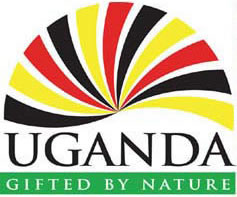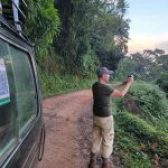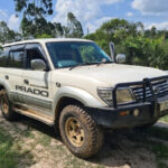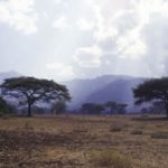The Aswa Lolim Game Reserve is one of the un-common wildlife reserves in Uganda. It was a game reserve in northern Uganda but unfortunately it was de-gazetted in 1972 under Idi Amin which is part of the reasons why very few people recognize it today with the majority ignorant about it’s existence in the Uganda tourism sector. The reserve lies on the eastern side of the Nile whereby it covers 500,000 hectares and shares 110 km bordering with Murchison Falls National Park in the south and about 78 km with the Nile in the west. The landscape is dominated by light rolling grass hills with palm trees, small valleys with creeks and light forest. Near the river, you find dense forests and large stretches of papyrus swamps.
It covers the sub-counties of Purongo, Alero, Anaka and Koch-Goma. Although many commercial farmers have settled in this prime hunting ground, it is still realistic to get Nile Buffalo, Uganda Kob, Hartebeest and Waterbuck. The game reserve is situated in the far north of Murchison Falls National Park and it was aiming at providing a strict dispersal and free migration area for several wildlife from Murchison Falls National Park which include the elephants, the giraffes, the Kobs, Lions, Leopards, Vervet Monkeys, Lelwel Hartebeests, Hippos, Common and Blue Duiker, Oribi, Black and White Colobus Monkeys, Olive Baboon, Crocs and warthogs.
Some of the bird species that inhabit the reserve include Shoebill, Heuglin’s Masked-Weaver, Piapiac, Emin’s Shrike, Gray-headed Oliveback and many more.
It falls Between the great Albert Nile and Gulu town, North of Uganda right on the west bank of the Albert Nile sitting on high rolling hills stripped by a number of rivers which include the “Aswa” and “Lolim”; the two names that define Aswa – Lolim Game Reserve.
However in 2010, the Uganda Wildlife Authority gave privileges to an extinct group known as the Aswa – Lolim Wildlife Association with aims of managing the relevant wildlife migration routes in the area of the game reserve. Currently, Aswa – Lolim is an array of large ranches and farms, but the wildlife that reside in it are still being protected by the Uganda Wildlife Authority.



